In a world filled with hustle and bustle, succulents remind us to slow down.
Succulents are famous for their unique appearance and ability to store water in their thick, fleshy leaves and stems. They come in various colors, shapes, sizes, and textures and are very easy to propagate.
Due to their remarkable propagating ability, succulents have found a place in the hearts of plant enthusiasts.
But “How big do succulents get?” is the question many of these enthusiasts ask, and I think you are searching for the same answer.
Rest your legs!
Because today in this blog post, we will go through everything you need to know regarding the size of succulent plants.
So, without any further delay, let’s begin!

How Big Do Succulents Get?
Succulents are known for their easy growth with minimal maintenance requirements.
That’s why adding succulents to the garden has become a favorite choice among many gardener enthusiasts.
But what if you don’t know how much space your succulent can occupy when fully grown?
Well! There isn’t a clear-cut answer because it will depend upon the species of the succulent you are growing.
Here is something you should be aware of before planning to grow any of the succulent plants.
What Is the Typical Size of a Succulent?
It isn’t easy to estimate the size of the succulent because they come in a lot of different sizes.
But don’t lose hope! There is always a way.
It is possible to predict the size when you know which succulent species you are growing.
Succulents are usually slow-growing plants, so we cannot predict their size range unless we know their species. But you will easily predict the expected size of specific species if you have some understanding of it.
Mostly we see relatively small species of succulents, and we predict that they will not grow that much.
But you should know that nature also provides gigantic succulent plants that can grow up to forty feet.
Feeling shocked, aren’t you?
But relax! The average size of the succulents is 2 to 6 feet, and most succulents grow in this range.
What Factors Affect the Size of the Succulent?
Succulents are drought-resistant desert plants, so their growth depends on the environment in which they are growing.
But here are some factors we must consider:
Pot Size
Succulents’ growth is directly related to the pot size in which they are growing.
If you are planning to grow succulents indoors, it is evident that you should use a small pot so that they don’t grow overboard, making your house look like a forest.
Getting my point?
Because of the restricted roots, most succulents seize their growth when placed in a small container.
But here are certain things you need to focus on while growing them in a small container.
- Succulents placed in small pots are more sensitive than others because there is a higher chance of overwatering and root rot.
- It is better to place them in a container of average size that is neither small nor too big.
- It is way better to select the reliable species of succulents to grow indoors so you do not get disappointed when they either grow more significantly or don’t grow at all.
So, the space available for growing succulents significantly impacts their growth size.
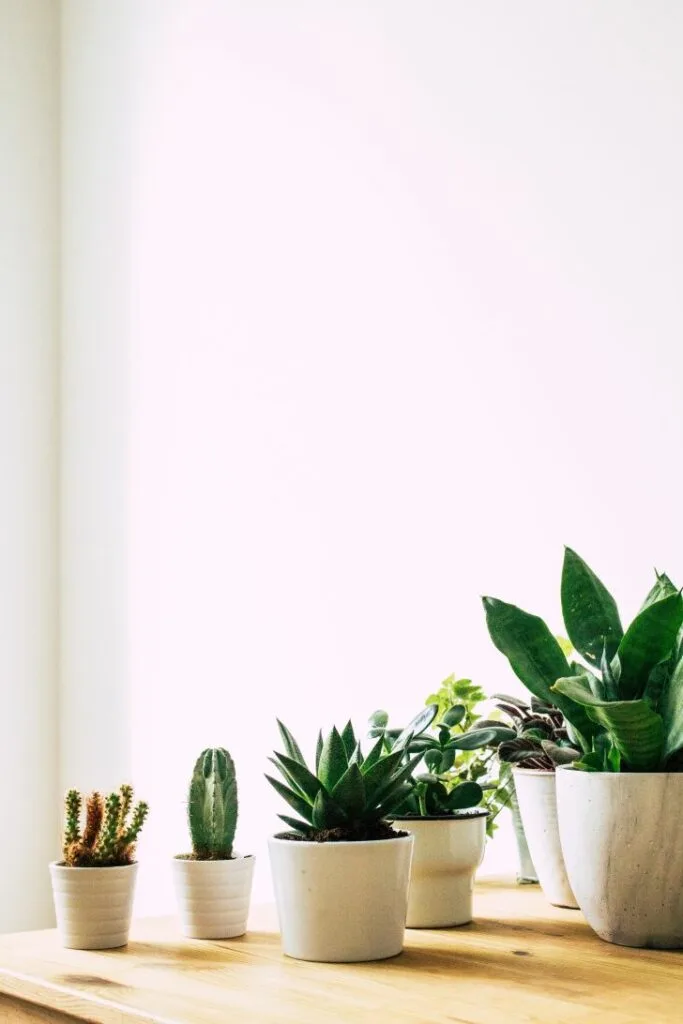
Watering
Every living thing requires water to survive, and so do the succulents.
I know succulents are not very fond of water, but they are also plants, so at some point, they also need water.
These plants are most reliable because they need water once or twice a week.
Their water requirement depends upon the environment they are living in. It depends upon whether the air is humid or dry or where you place them in your house.
Succulents’ water requirement also changes according to the weather.
Watering requirements also depend upon the type of succulents; some types require watering 2 to 3 times a week. And some types don’t even need water.
Suppose you check your succulent after one or two weeks.
If a plant is still moist, we don’t have to water them again because the soil has enough moisture to survive.
Light
Succulents generally thrive in well-lit environments because,
Their natural habitat typically experiences abundant sunlight throughout the day. It is also essential for their photosynthesis.
But here is a popular myth people have about succulents:
Many people believe that succulents require direct sunlight for the entire day to grow better, and let me tell you, it’s not true.
Even in their natural habitat, succulents grow behind some bushes and rocks. In this way, they can have some shade which protects them from sunburn.
If we talk about giant succulents, they need as much sunlight as possible to grow up to ten feet.
But you do not like to grow this much tall succulents in your house, right?
So, you don’t have to worry about them.
All you need to know about the succulent you can grow indoors.
They only need 4 to 5 hours of sunlight.
NOTE: It is better to place them in a lovely south-faced window. And rotate your plant regularly.
That way, you’ll get an even growth.
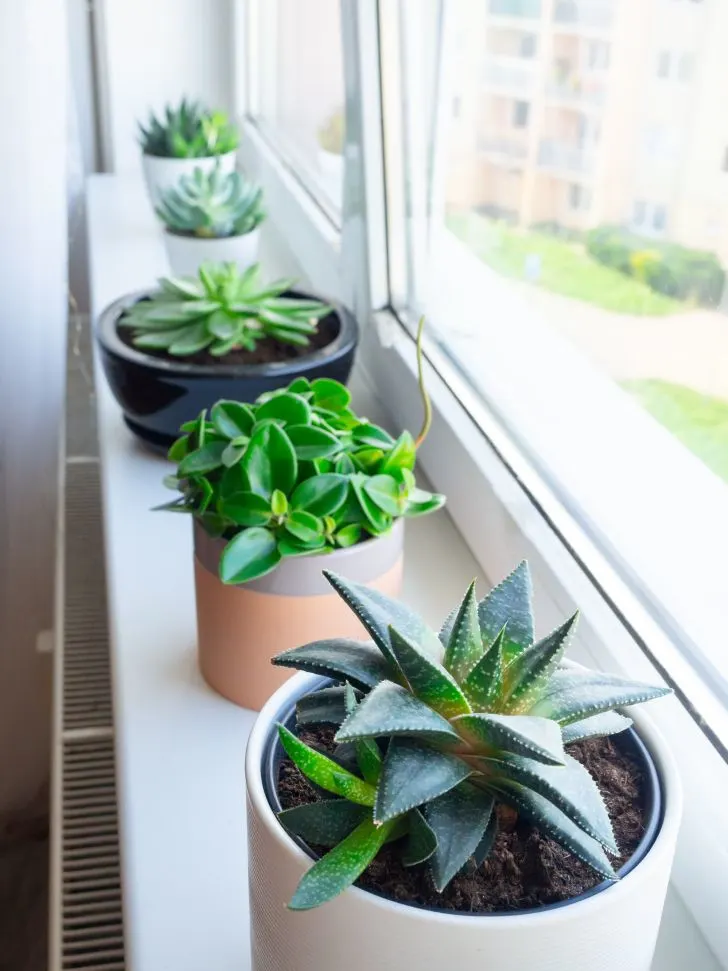
Soil
As mentioned earlier, succulents love to grow in an environment similar to their natural habitat.
Therefore, they grow best in dry, well-drained soil.
Listen! Succulents require well-drained potting soil to prevent waterlogged conditions that lead to root rot.
A loose, grainy soil mixture with plenty of sand, perlite, or pumice is ideal for growing happy and healthy succulents.
NOTE: Over-moist soil proves harmful for most succulents. It can cause root rot, which ultimately leads your plant to death.
With all that aside, let’s now look at the different size distributions among the succulents.
How Big or Small Your Succulents Can Be?
The world of succulents offers many sizes, from tiny and delicate succulents to impressive giants.
Let’s discuss all the types of succulents regarding their size.
Miniature Succulents
Tiny succulents are characterized by their small size and delicate appearance.
- These succulents typically have small leaves or compact shapes.
- They are famous for their intricate patterns and textures.
Examples of tiny succulents include:
- Haworthia cooperi
- Crassula perforata (String of Buttons)
- Sedum album (White Stonecrop)
These succulents usually stay under 2 inches in height and are perfect for small containers, fairy gardens, or terrariums.
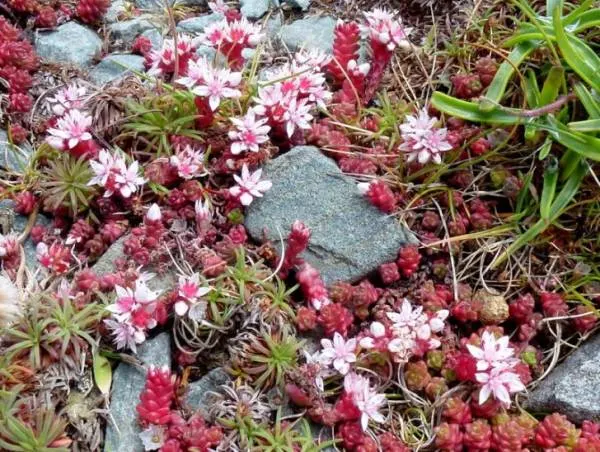
Small to Medium-Sized Succulents
Small to medium-sized succulents encompass a wide range of species and varieties.
These succulents typically grow from a few inches to about 1 foot in height.
They may form compact rosettes, have trailing stems, or display unique leaf shapes.
Examples of small to medium-sized succulents include:
- Echeveria species
- Sedum morganianum (Burro’s Tail)
- Aloe aristata (Torch Plant)
These succulents make excellent additions to tabletop gardens, succulent arrangements, and indoor pots.
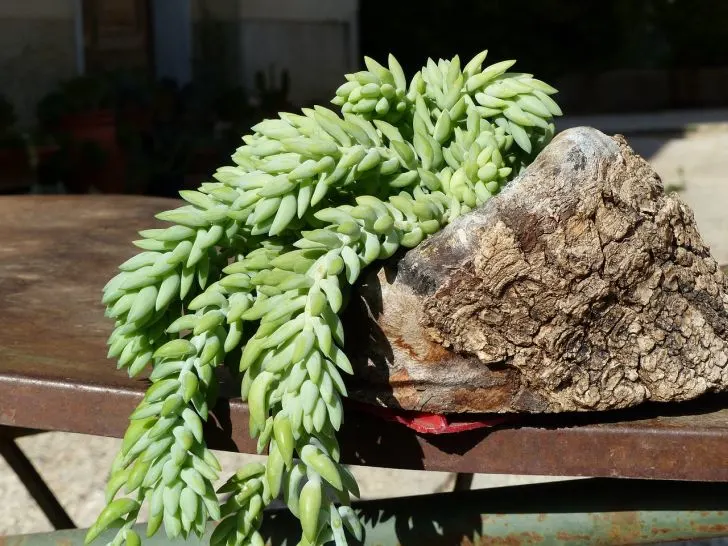
Medium to Large-Sized Succulents
Medium to large-sized succulents are known for their greater height, ranging from 1 to 3 feet or more.
These succulents often have striking architectural forms, with elongated leaves or branching stems.
Examples of medium to large-sized succulents include:
- Agave americana (Century Plant)
- Kalanchoe beharensis (Elephant’s Ear)
- Aeonium arboreum (Tree Houseleek)
These succulents make excellent focal points in garden beds or centerpieces in larger containers.
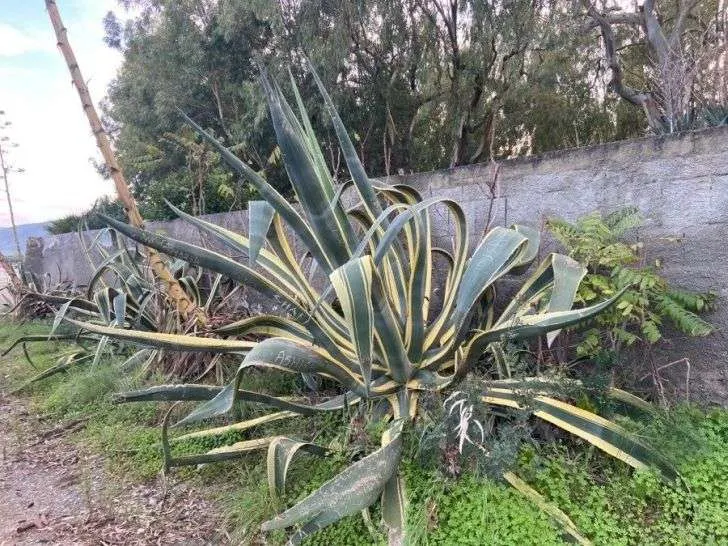
Tree-like Succulents
Giant succulents are the largest and can reach several feet or more.
These impressive succulents often have robust structures and considerable presence.
Examples of giant succulents include:
- Agave americana (Century Plant)
- Yucca rostrata (Beaked Yucca)
- Adansonia digitata (African Baobab)
These succulents require ample space in gardens or landscapes to accommodate their size and create a striking visual impact.
NOTE: While succulents have general growth patterns and specific growth rates, their ultimate size varies based on environmental conditions, care, and the specific species or variety.
Additionally, some succulents have a tendency to offset or produce “pups,” which can eventually lead to a cluster or a larger overall size.
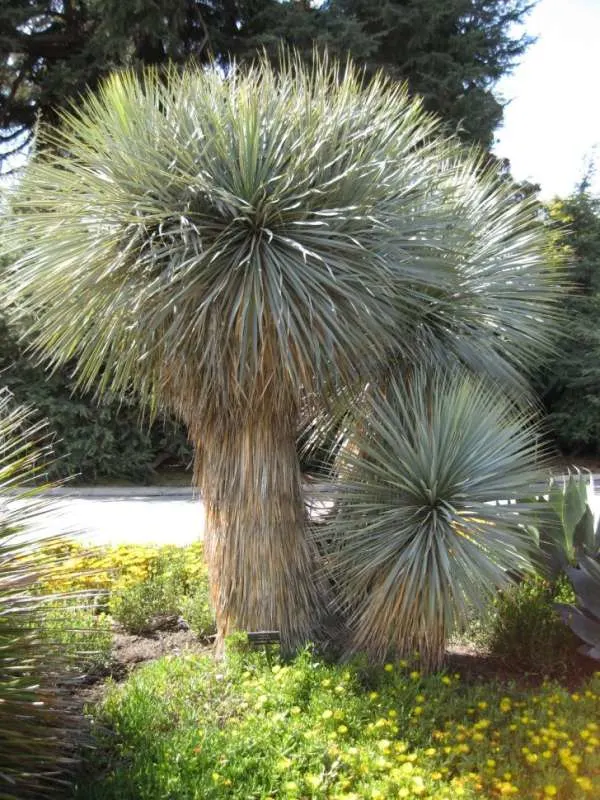
What Is the Potential Size of Indoor Succulents?
If you have recently developed a love for plants, you better make a succulent your best friend.
It is because succulents are the best friends of beginners.
They don’t even feel bad if you cannot allocate time to them daily because of your hectic schedule.
You can even control the size of your succulents.
Isn’t that awesome?
When planted indoors, the average size of the succulents is up to 6 inches.
If you want to grow them big, provide them with plenty of sunlight, water, and a big container with a sound drainage system.
Big pot, big succulents.
And do not forget to select tall succulent species of your choice if you want to grow them big.
If you want your succulents to remain small even when they mature, place them in indirect sunlight and restrict their growing space by placing them in smaller pots.
You can also cut them by a third or half to reduce their size.
So, they cannot get big, and you can have your cute little succulent place them in your windows.
Growgardener’s Note: Remember that you can control the size of your succulents, but you’d have to fulfill the basic needs of your plants and prevent them from sunburn or root rot.
What Is the Potential Size of Outdoor Succulents?
Select the species wisely if you plan to plant succulents in your outdoor garden.
Because in free soil, succulents have a better chance to grow big.
Most people prefer cactus plants for their garden because they can survive hot sun and cold nights.
With plenty of water and sunlight, cacti grow relatively quickly.
Most outdoor succulents need 6 hours of sunlight to grow to the perfect size.
What Is the Typical Growth Rate for Succulents?
As discussed earlier, succulents are slow-growing plants, but some outdoor succulents grow faster when they get appropriate sunlight and watering.
The average growth rate is 2 to 3 inches annually.
But the fast-growing succulent can grow about 4 to 5 inches annually.
Some fast-growing succulents include:
- Echeveria: 3 to 4 inches per year
- Kalanchoe: 6 to 8 inches per year
- Aloe vera: 4 to 6 inches per year
Some slow-growing succulents include:
- Haworthia species: less than an inch per year
- Gasteria specie: 1 to 2 inches per year
- Adenium obesum: 2 to 4 inches per year
That’s all for today!
Conclusion
I hope this post clears your head about the sizes of different succulents.
The height of the succulent depends on the species you want to grow, but that’s not the only factor in play. The size of your succulent can also vary depending on the soil, pot size, and temperature.
So, whether you want to plant a small succulent for an indoor arrangement or a giant one outside for a bold statement, succulents offer you a wide range of varieties.
Are you ready to add some greenery to your space?
Start your succulent collection today and experience the joy of nurturing these unique plants!
Regards,
Moiz Atiq.
